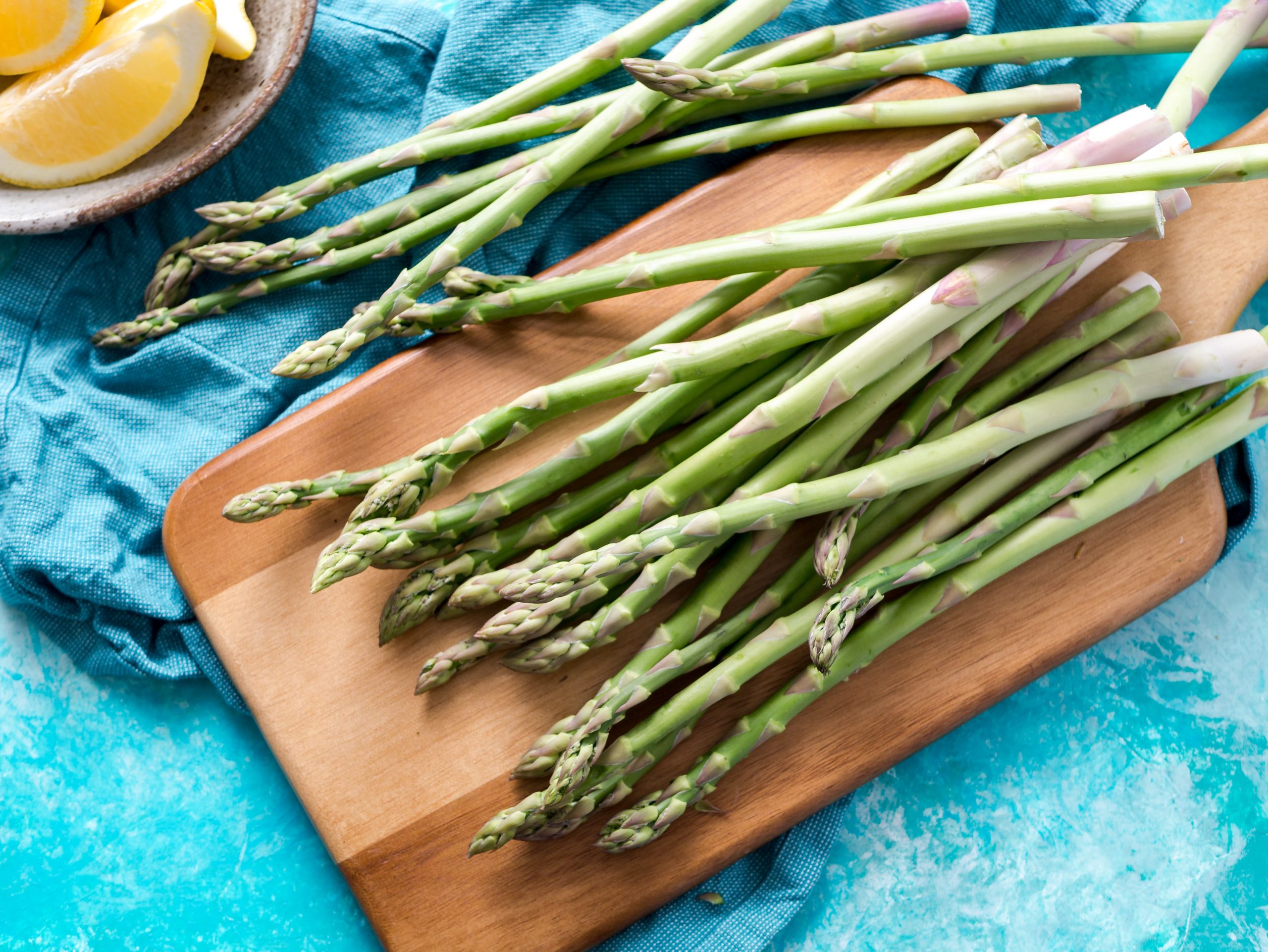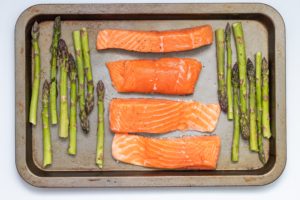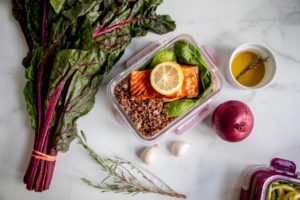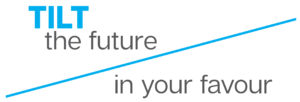
20 Oct What’s for dinner?
When my hungry-going-on-hangry four-year-old tugged on my skirt for the eighth time in three minutes and asked “What’s for dinner?”, they were met with a blank stare. Not because I didn’t care, but because I had just not planned that far ahead. Then I discovered a 7-day meal plan in a parenting magazine. It came with a preset shopping list – a prompt that made all the difference.
Where can you gather some simple prompts and ideas that will give you a jump-start on tasks, reducing the friction at the start, so you can make constant progress?
Taking the long view
It is a running joke in our home: “Mum is a futurist who can think five years ahead, but has trouble telling us what’s for dinner at five pm!”
Meal planning has always been one of my least favourite activities. (It still is!) But tell that to a child who has just come up for air after three intensive hours of lego-activity, to realize it has been that long since they had a snack. It wasn’t that I did not want to feed my kids. It was just that anything more complex than hot dogs, pasta and broccoli required much more forethought.
I wanted to be the perfect mother like my Mum. She had figured out how to work and provide nutritious meals at the same time. And she enjoyed it. “What is wrong with me?” I would wonder.
7-day meal plan – a solution to “What’s for dinner?”
So I will never forget the day I finally felt seen! It was in Parent magazine. An innocuous pull-out. But I felt it had been written specifically with me in mind. “The 7-day meal plan”. I immediately yanked it out, folded it over and stuck it in my bulky bag. It would end up quite loved and tattered as it accompanied me on my shopping trips every few weeks for the next few years.
The meal plan involved a bit of organization and some time investment in meal prep. The promise was that it would save me hours in the kitchen. Little did they know that what they were really doing was helping me answer a bigger question “What?” is for dinner!
It included a shopping list – pantry items purchased once in a while, and the fresh ingredients I bought on my once-a-week (no longer daily) grocery run. I cooked three major proteins on the weekend. Then I repurposed the on-purpose leftovers into companion meals during the weekdays. Roast chicken with sides on Sunday became a robust chicken, vegetable and noodle soup on Tuesday. A wonderful salmon dinner with asparagus on Saturday (while you were also prepping vegetables for the week ahead) was the base for the delicious and quick salmon and asparagus quiche on Monday night. That kind of thing.
Meal lego blocks
That simple shopping list – as a prompt – simplified my life for years. Because it lowered the barrier of entry for a task that was crucial, but that I did not look forward to – meal planning. Very often I would walk into the grocery store with the list, be inspired and become more adventurous as I walked down the aisle, or spied a related item on the shelf next to the one on my list.
Over time I grew more confident. I began to use the basic concept on other basic meal lego blocks – ground beef could be the base of tacos one day, become sloppy joes in a hamburger bun, and then spaghetti and “meat sauce” or even a shepherd’s pie on another day. (Apologies to all vegans, but you get the programming concept). Once I had the bigger what of “What’s for dinner?” out of the way, I actually enjoyed the process of putting a meal on the table, and feeding my hungry brood.
Prompts help
Prompts are a great tool to have in our back pocket. They reduce the mental friction that comes with that first layer: “Where should I start?” It could be cleaning our home, learning a new technology or skill, cooking or outlining an essay. Having an assist – a roadmap or a plan – is highly valuable.
As I developed my writing skills in the Write of Passage class these past few weeks, we were encouraged to write essays. Rather than starting with a blank page, we were encouraged to respond to a set of writing prompts like the one below. This proved to be very interesting. Each prompt exposed us to a range of essay styles, which I can now use to communicate information. It stretched me.
When I faced the prompt: “Write about one way the world is changing” I thought it would be my moment to share the complexity of the Future of Work, and how its effect is rippling through our lives.
I struggled (and am still struggling) to simplify that conversation. I’m down to 4583 words at last count!
Constraints help too
Then we were offered this addendum:
Remember, you can interpret this prompt as “How is THE world changing?” or “How is MY world changing?”.
It was like pulling out the shopping list for the 7-day meal plan. That tiny bit of additional guidance stopped me floundering in deep waters and gave me a fresh starting point. Along with the self-imposed constraint to publish an article on a weekly basis, I pivoted and wrote: “From sous chef to plating”. And published on schedule.
How could you use prompts in your life?
Where can you create presets and gather prompts that lower the barrier of entry to a task? On the surface, you may think these take away our creativity. I will argue against that. I believe it sets the ball rolling which gives us the momentum to get started. And saves our creativity for the things we choose to be creative about.
One less opportunity for decision fatigue
A prompt gives us one less opportunity for decision fatigue.
I am not the first to come up with this idea. Obama, Zuckerberg and Steve Jobs famously had very repeatable attire. Instead of looking into their closet daily and asking “What should I wear?”, they invested in a wardrobe filled with variations on the same theme. For Obama, the lego blocks were grey and navy suits. For Steve Jobs, the black turtle neck and jeans. One less opportunity for decision fatigue. They are confident that they are always appropriately and stylishly dressed. In an interview with Michael Lewis, President Obama said he conserved his decision energy for the bigger challenges the day would inevitably bring.
In his Decisions by Design framework, Shane Parrish refers to these as Automatic Behaviours. This is the focus in the chapter titled “Guard Rails” in my book Contours of Courageous Parenting – Tilting Towards Better Decisions.
In the Write Now community writing sessions that are a standard of the Writing in Community program, chief mentor Kristin Hatcher recommends starting with a two-minute writing prompt. The rotating hosts come up with mundane and wacky prompts to loosen the writing juices. The exercise “will keep us from beginning our writing with a blank page,” says Kristin.
Leveraging our creativity
As the world speeds up and we take on more challenges, we need to consider how to leverage our energy, our attention and our time. These simple prompts and hacks borrowed from those around us can pay us back in increased energy.
Using a prompt is not a sign of defeat. It shows that we know where to invest our limited resources. I am willing to leverage other people’s cues if it frees me up to focus on how to insert hope and rapid response into concepts such as climate change and Future of Work discussions. That is why we call them hacks!
“Be regular and orderly in your life,
so that you may be violent and original in your work.”
– Gustave Flaubert
Prompts may have a specific shelf life in your lifetime, cycling through to help you optimize your energy. A cooking hack might be the perfect solution while you are running carpool, investing in yourself with higher learning, or while you are making time to put something creative out into the world. Interestingly, my now young adults love to cook and will spend many happy hours together figuring out “What’s for dinner?” (I guess it skipped a generation!)
Outsource the tasks and idea generation that might sap your creative energy. Conserve that energy for the work that only you can do that will make the most difference in the world.
Hacks – repurposed on purpose
So, pull out a sheet of paper and start tracking the simple but innovative life hacks you see others using. Borrow some. Repurpose them on purpose. Share your successes and encourage others to try them out.
It is one of the ways we tilt the future in our favour.
How would you describe your writing practice?
Make. Take. Talk.
Make: the biggest difference you can by focusing on activities that make you smile.
Take: time to conserve your energy for the higher value tasks by exploring where you can use a productivity hack
Talk: My friend Chris Wong recently coined a phrase for these hacks – #SES, or Somebody Else’s Solution. Let’s throw a #SES as we share these ideas around.
Yay! I look forward to seeing the difference that only you can make in the world.
CREDIT & THANKS; DEFINITIONS & RESOURCES:
- Resources:
- Writing in Community is an Akimbo workshop headed by Kristin Hatcher. Create a book and get it to kindle in six months with the right support.
- Write of Passage is David Perell’s writing school. It is also a 5-week writing program.
- 7-day meal plan – I have gone through all my IRL cookbooks, and I think that treasured paper list didn’t age well enough to stay in the archives! But internet to the rescue, I am sure you will find many updated climate-friendly versions
- My book “Contours of Courageous Parenting – Tilting Towards Better Decisions” is available on your local Amazon site
- Find a version of this thought for today article on LinkedIn, Instagram
- Photo, audio & video credits: Karena de Souza
- Photo by Christine Siracusa on Unsplash
- Photo by Kelly Sikkema on Unsplash





No Comments